Home>Storage & Organization>Kitchen Organizing Tools>How Often To Replace The Litter Box
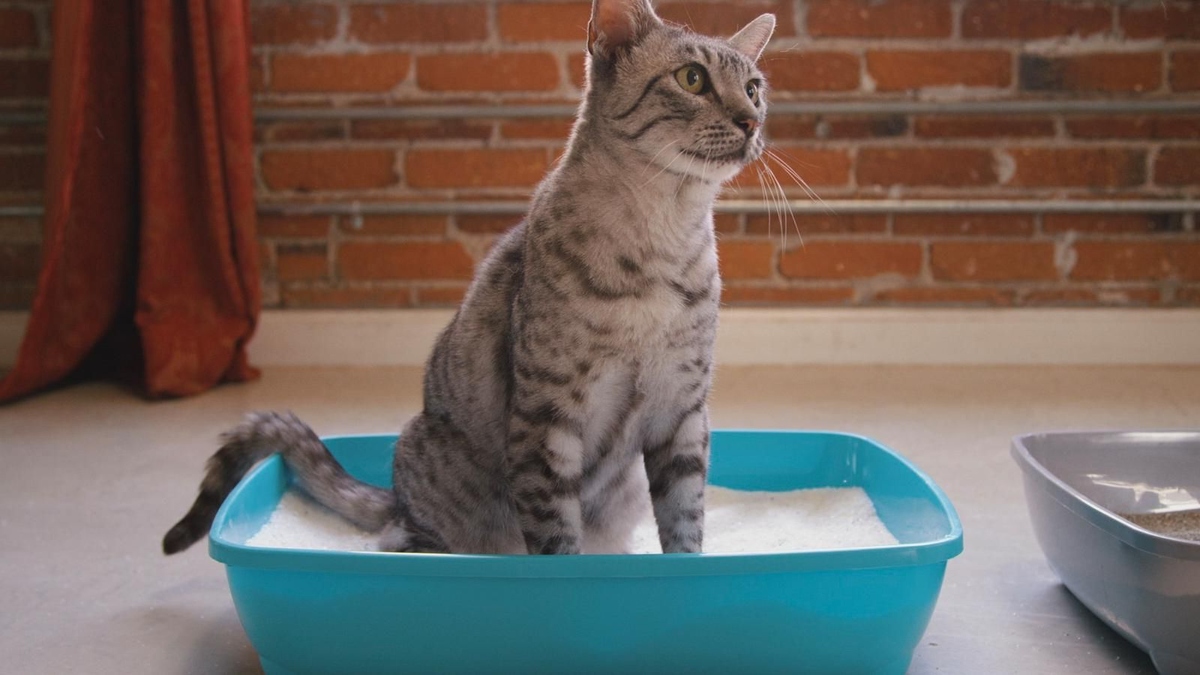

Kitchen Organizing Tools
How Often To Replace The Litter Box
Modified: February 25, 2024
Discover the best kitchen organizing tools and learn how often to replace the litter box for a clean and organized home. Find top tips and recommendations here!
(Many of the links in this article redirect to a specific reviewed product. Your purchase of these products through affiliate links helps to generate commission for Storables.com, at no extra cost. Learn more)
Introduction
The litter box is a crucial component of a cat owner's home, providing a designated space for our feline friends to relieve themselves. However, it's essential to recognize that litter boxes don't last forever. Over time, they can become worn, stained, and even develop odors that are challenging to eliminate. As responsible pet owners, it's our duty to ensure that our cats have a clean and hygienic environment in which to do their business.
Understanding when and how to replace the litter box is vital for maintaining a healthy and comfortable living space for both you and your cat. In this article, we will explore the signs that indicate it's time to replace the litter box, the factors to consider when making this decision, and how to choose the right replacement. By the end of this guide, you'll have a clear understanding of when and how to upgrade your cat's bathroom facilities, ensuring a harmonious and sanitary living environment for all.
Let's delve into the details of when and how to replace the litter box to ensure that your feline companion has a clean and inviting space to attend to their needs.
Key Takeaways:
- Keep an eye out for signs that it’s time to replace your cat’s litter box, like persistent odors, cracks, difficulty in cleaning, and size issues for your cat’s comfort and well-being.
- When choosing a new litter box, consider your cat’s preferences, the size and space in your home, the material and durability, odor control features, and the dynamics of a multi-cat household for a seamless transition and a more comfortable bathroom experience for your cat.
Read more: How Often To Scoop The Litter Box
Signs it's Time to Replace the Litter Box
-
Persistent Odors: If you find that no amount of cleaning or deodorizing can eliminate the persistent stench emanating from the litter box, it may be time for a replacement. Over time, the plastic material of the box can absorb odors, making it challenging to maintain a fresh-smelling environment.
-
Cracks and Stains: Inspect the litter box for cracks, scratches, or deep stains that are difficult to remove. These imperfections not only harbor bacteria and odors but can also make cleaning a daunting task. Additionally, cracks can lead to leakage, creating a mess that no pet owner wants to deal with.
-
Warping or Deformation: As plastic litter boxes age, they may become warped or deformed, compromising their structural integrity. This can lead to an uneven base, making it uncomfortable for your cat to use and potentially causing spills or messes.
-
Difficulty in Cleaning: If you notice that the plastic has become porous and is holding onto grime and odors despite thorough cleaning, it may be time to consider a new litter box. A clean and hygienic environment is essential for your cat's health and well-being.
-
Size and Accessibility: Cats, especially as they age, may develop mobility issues that require a litter box with lower sides for easy access. If your current litter box is too high or difficult for your cat to enter and exit comfortably, it may be time to invest in a more accessible replacement.
-
General Wear and Tear: Over time, the wear and tear of daily use can take a toll on the litter box. Scratches, discoloration, and a generally worn appearance can not only be unappealing but also provide hiding spots for bacteria and odors.
Recognizing these signs is crucial for maintaining a clean and inviting space for your cat. By being attentive to the condition of the litter box, you can ensure that your feline companion has a comfortable and hygienic environment in which to do their business.
Factors to Consider
When it comes to replacing the litter box, several factors should be taken into consideration to ensure that the new box meets both your cat's needs and your own. By carefully evaluating these factors, you can make an informed decision that promotes your cat's well-being and maintains a clean and harmonious living environment.
Cat's Preferences and Behavior
Understanding your cat's preferences and behavior is paramount when selecting a new litter box. Cats can be particular about their bathroom habits, and their preferences may vary based on factors such as age, size, and mobility. Some cats may prefer open litter boxes, while others may feel more secure in enclosed ones. Additionally, older cats or those with mobility issues may benefit from litter boxes with lower entry points for easy access. Observing your cat's behavior and preferences can guide you in choosing a litter box that aligns with their needs, promoting a comfortable and stress-free bathroom experience.
Size and Space
The size of the litter box and the available space in your home are crucial considerations. A litter box that is too small may cause discomfort for your cat, leading to accidents outside the box. On the other hand, an excessively large litter box may take up unnecessary space and be challenging to clean. Assessing the available space in your home and selecting a litter box size that accommodates your cat comfortably while fitting seamlessly into your living space is essential for a harmonious cohabitation.
Read more: How Often To Clean A Rabbit Litter Box
Material and Durability
The material and durability of the litter box play a significant role in its longevity and maintenance. Opting for a durable, non-porous material that is resistant to odors and stains can simplify the cleaning process and ensure a hygienic environment for your cat. Additionally, considering the ease of cleaning and the box's ability to retain odors can contribute to a more pleasant and hassle-free experience for both you and your cat.
Odor Control Features
Effective odor control is a crucial aspect of a litter box, contributing to a fresh and inviting environment. Some litter boxes come equipped with odor-absorbing materials or built-in filtration systems designed to minimize unpleasant smells. Considering the odor control features of a new litter box can significantly impact the overall cleanliness and ambiance of your home, creating a more pleasant living space for both you and your cat.
Multi-Cat Household Considerations
For households with multiple cats, accommodating the needs and dynamics of each feline occupant is essential. Factors such as the number of litter boxes, their placement, and the type of boxes suitable for multiple cats should be carefully evaluated. Ensuring that each cat has access to a suitable litter box and that territorial issues are minimized can contribute to a harmonious and stress-free environment for all the feline members of your household.
By considering these factors thoughtfully, you can select a new litter box that aligns with your cat's needs, your living space, and your maintenance preferences. Making an informed decision based on these considerations can lead to a seamless transition and a more comfortable and hygienic bathroom experience for your cat.
How to Choose the Right Replacement
Choosing the right replacement litter box for your feline companion involves a thoughtful evaluation of various factors to ensure that the new box meets both your cat's needs and your own. By considering the following aspects, you can make an informed decision that promotes your cat's well-being and maintains a clean and harmonious living environment.
Cat's Preferences and Behavior
Understanding your cat's preferences and behavior is paramount when selecting a new litter box. Cats can be particular about their bathroom habits, and their preferences may vary based on factors such as age, size, and mobility. Some cats may prefer open litter boxes, while others may feel more secure in enclosed ones. Additionally, older cats or those with mobility issues may benefit from litter boxes with lower entry points for easy access. Observing your cat's behavior and preferences can guide you in choosing a litter box that aligns with their needs, promoting a comfortable and stress-free bathroom experience.
Size and Space
The size of the litter box and the available space in your home are crucial considerations. A litter box that is too small may cause discomfort for your cat, leading to accidents outside the box. On the other hand, an excessively large litter box may take up unnecessary space and be challenging to clean. Assessing the available space in your home and selecting a litter box size that accommodates your cat comfortably while fitting seamlessly into your living space is essential for a harmonious cohabitation.
Read more: How Often To Clean A Rabbit Litter Box
Material and Durability
The material and durability of the litter box play a significant role in its longevity and maintenance. Opting for a durable, non-porous material that is resistant to odors and stains can simplify the cleaning process and ensure a hygienic environment for your cat. Additionally, considering the ease of cleaning and the box's ability to retain odors can contribute to a more pleasant and hassle-free experience for both you and your cat.
Odor Control Features
Effective odor control is a crucial aspect of a litter box, contributing to a fresh and inviting environment. Some litter boxes come equipped with odor-absorbing materials or built-in filtration systems designed to minimize unpleasant smells. Considering the odor control features of a new litter box can significantly impact the overall cleanliness and ambiance of your home, creating a more pleasant living space for both you and your cat.
Multi-Cat Household Considerations
For households with multiple cats, accommodating the needs and dynamics of each feline occupant is essential. Factors such as the number of litter boxes, their placement, and the type of boxes suitable for multiple cats should be carefully evaluated. Ensuring that each cat has access to a suitable litter box and that territorial issues are minimized can contribute to a harmonious and stress-free environment for all the feline members of your household.
By considering these factors thoughtfully, you can select a new litter box that aligns with your cat's needs, your living space, and your maintenance preferences. Making an informed decision based on these considerations can lead to a seamless transition and a more comfortable and hygienic bathroom experience for your cat.
Conclusion
In conclusion, the litter box is an essential element of a cat owner's home, providing a designated space for our feline companions to attend to their bathroom needs. Recognizing the signs that indicate it's time to replace the litter box, considering various factors when selecting a replacement, and understanding how to choose the right replacement are crucial steps in maintaining a clean, hygienic, and comfortable environment for both you and your cat.
By being attentive to signs such as persistent odors, cracks and stains, deformation, and difficulty in cleaning, cat owners can proactively address the need for a new litter box. Additionally, considering the size and accessibility of the box, the material and durability, odor control features, and the dynamics of a multi-cat household are vital in making an informed decision.
Choosing the right replacement litter box involves understanding your cat's preferences and behavior, assessing the size and space available in your home, evaluating the material and durability of the box, considering odor control features, and accommodating the needs of a multi-cat household. By carefully considering these factors, cat owners can ensure that the new litter box aligns with their cat's needs, their living space, and their maintenance preferences, ultimately leading to a seamless transition and a more comfortable and hygienic bathroom experience for their feline companions.
In essence, the decision to replace a litter box should prioritize the well-being and comfort of our cats while also contributing to a clean and harmonious living environment. By recognizing the signs, considering the factors, and making an informed decision, cat owners can ensure that their feline friends have a clean and inviting space to attend to their needs, fostering a healthy and happy cohabitation.
As responsible pet owners, it is our duty to provide a clean and comfortable environment for our beloved cats. By staying attuned to the condition of the litter box and making informed decisions when it comes to replacements, we can uphold a standard of cleanliness and hygiene that promotes the well-being and happiness of our feline companions.
Frequently Asked Questions about How Often To Replace The Litter Box
Was this page helpful?
At Storables.com, we guarantee accurate and reliable information. Our content, validated by Expert Board Contributors, is crafted following stringent Editorial Policies. We're committed to providing you with well-researched, expert-backed insights for all your informational needs.
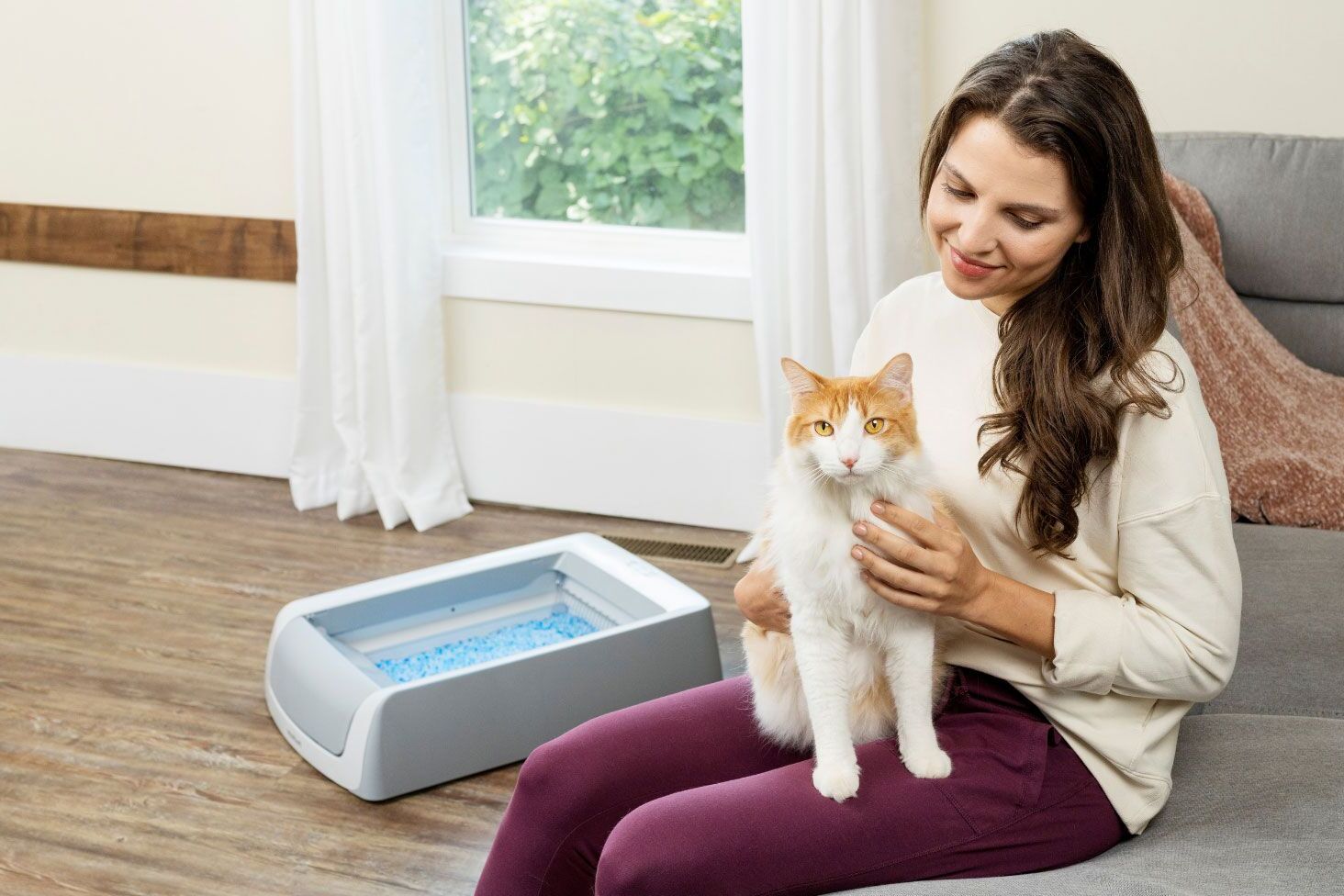
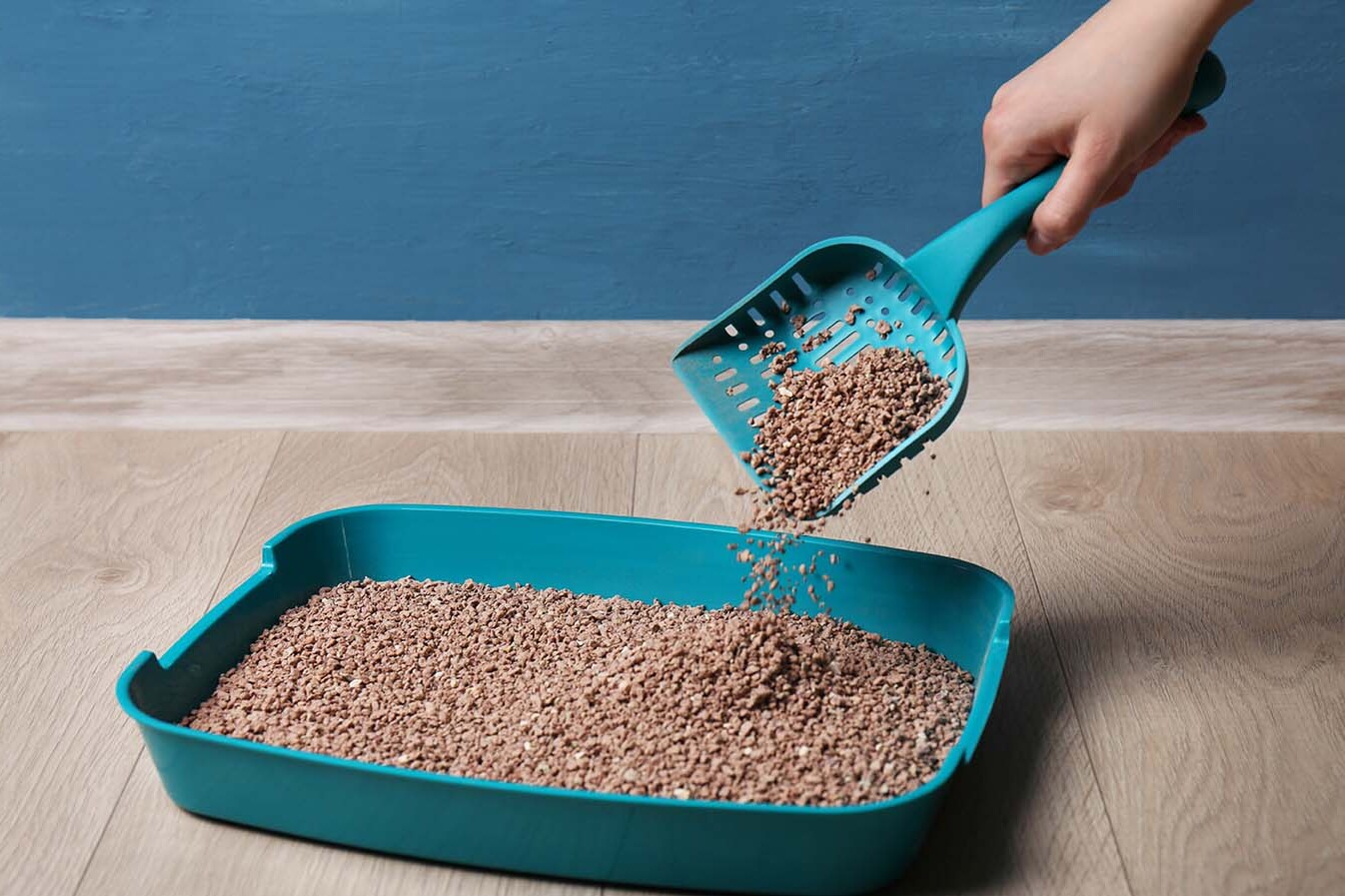
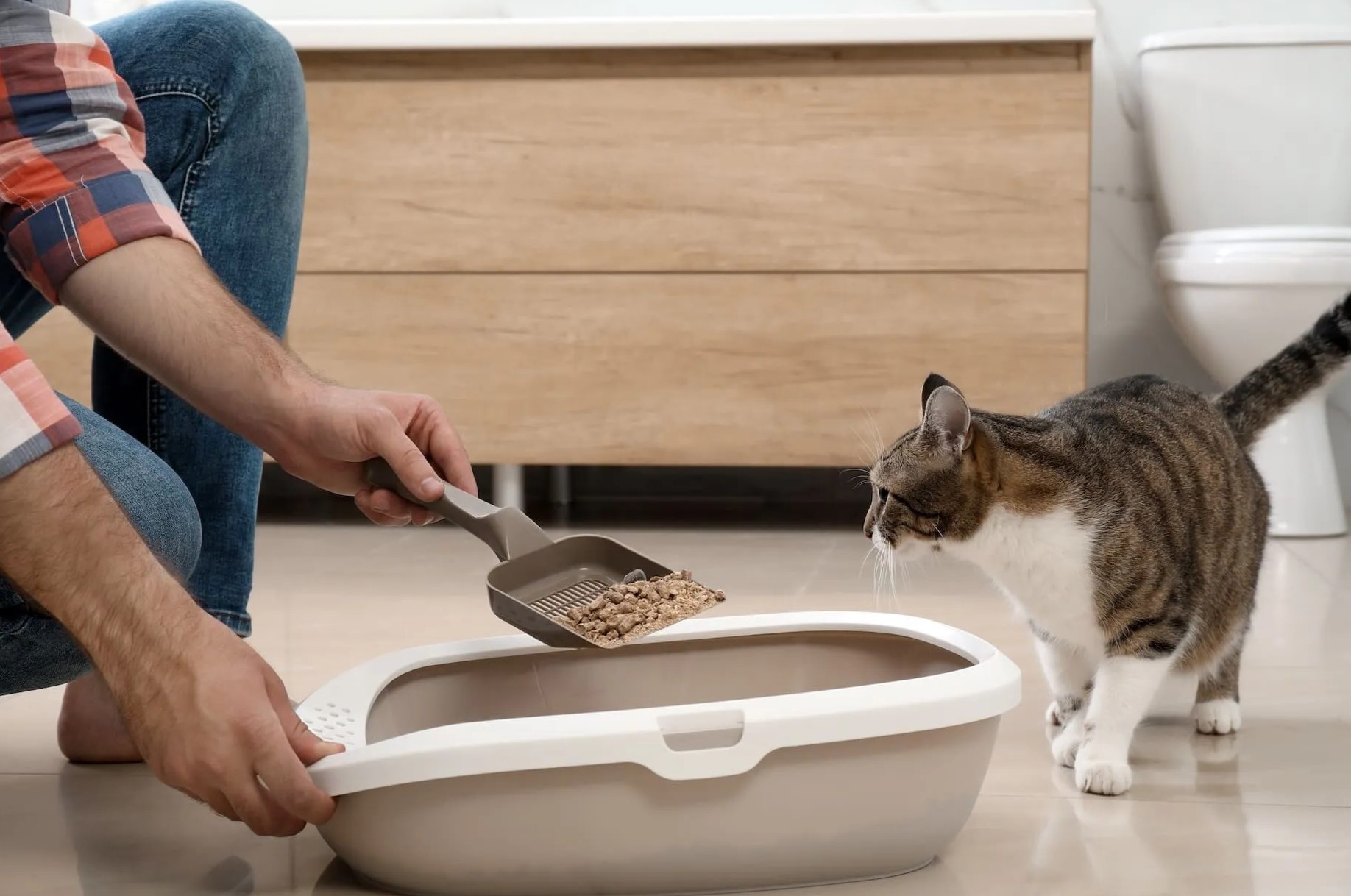
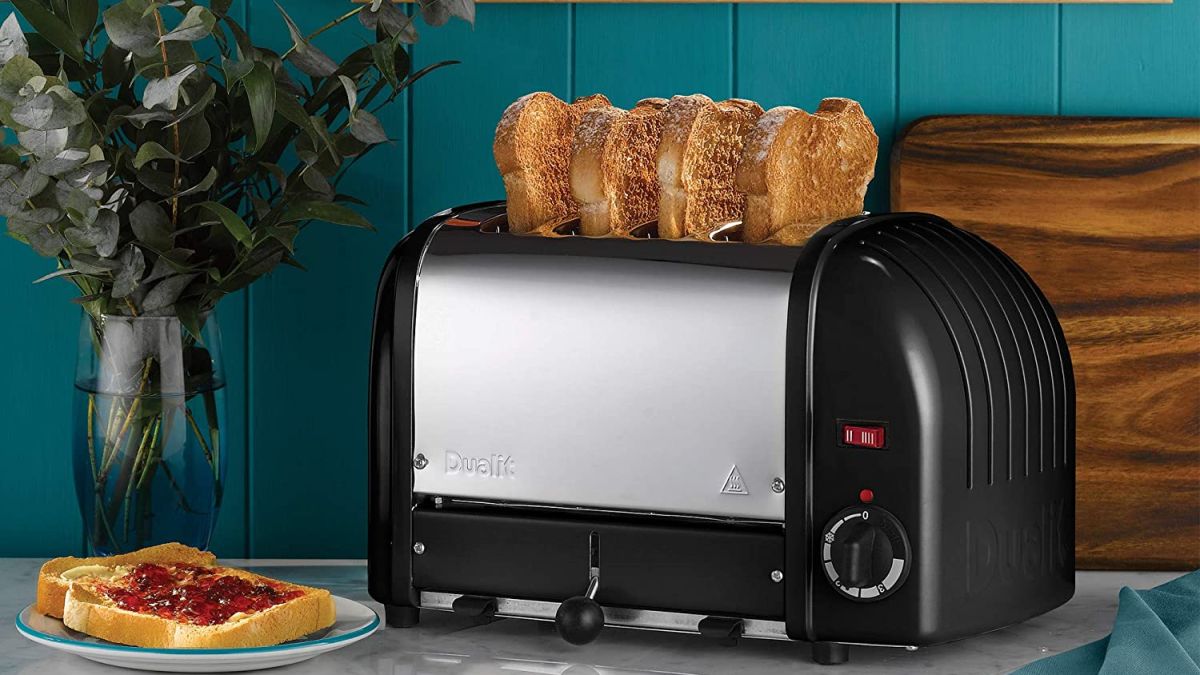
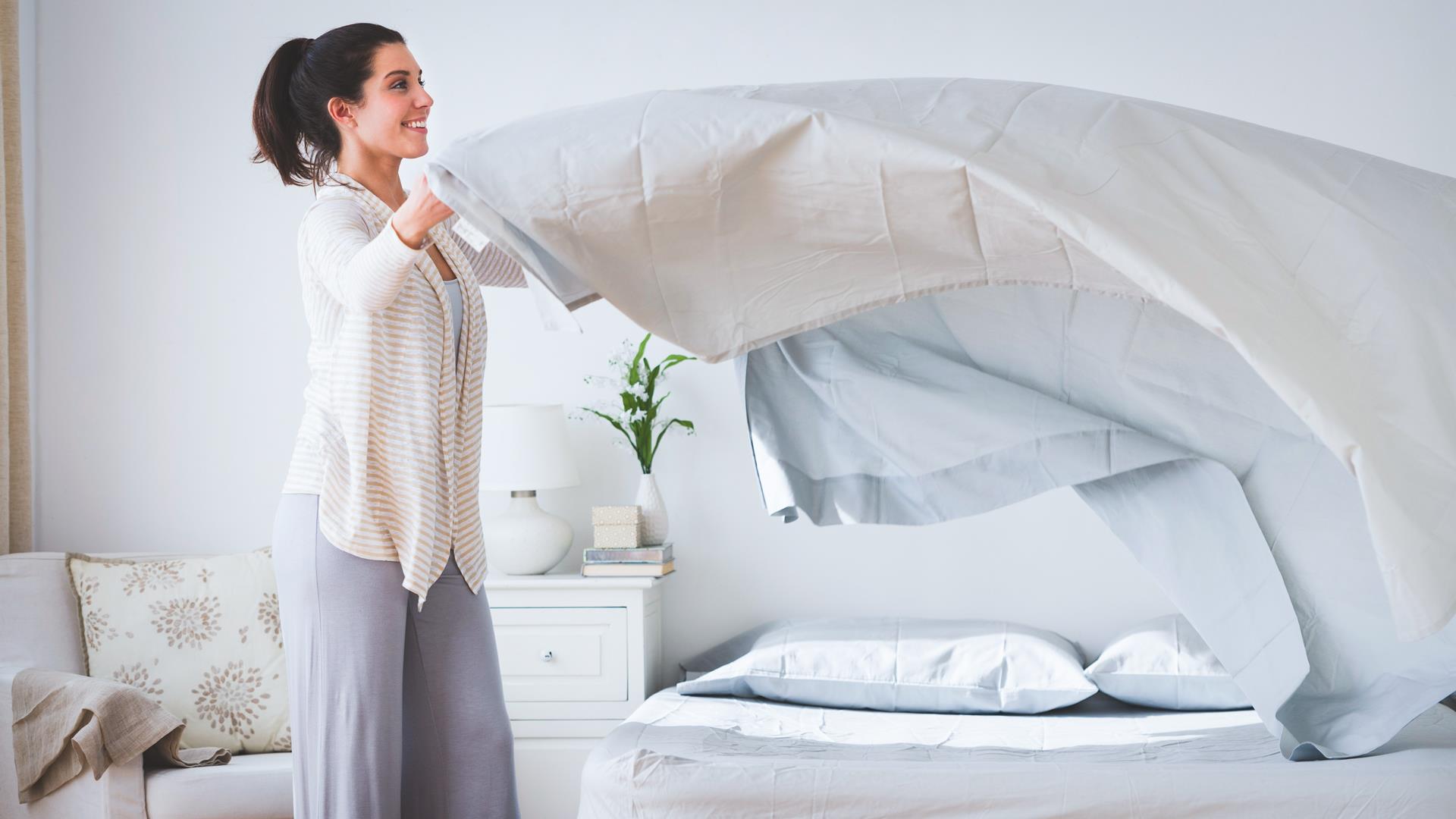
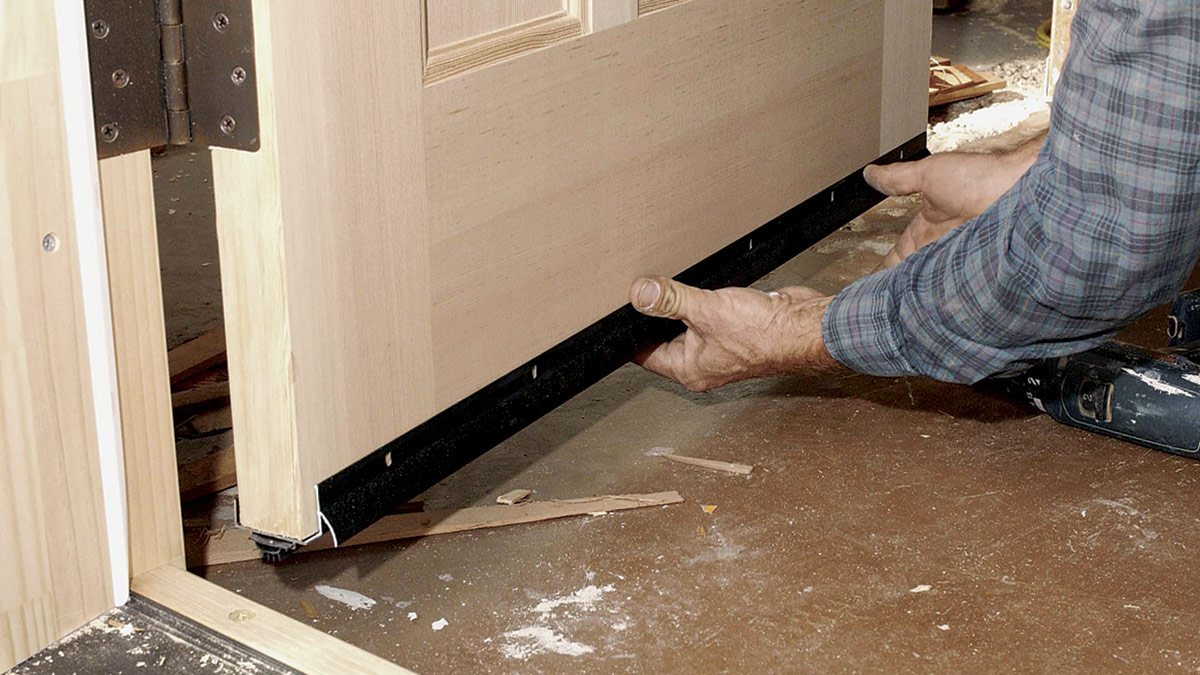

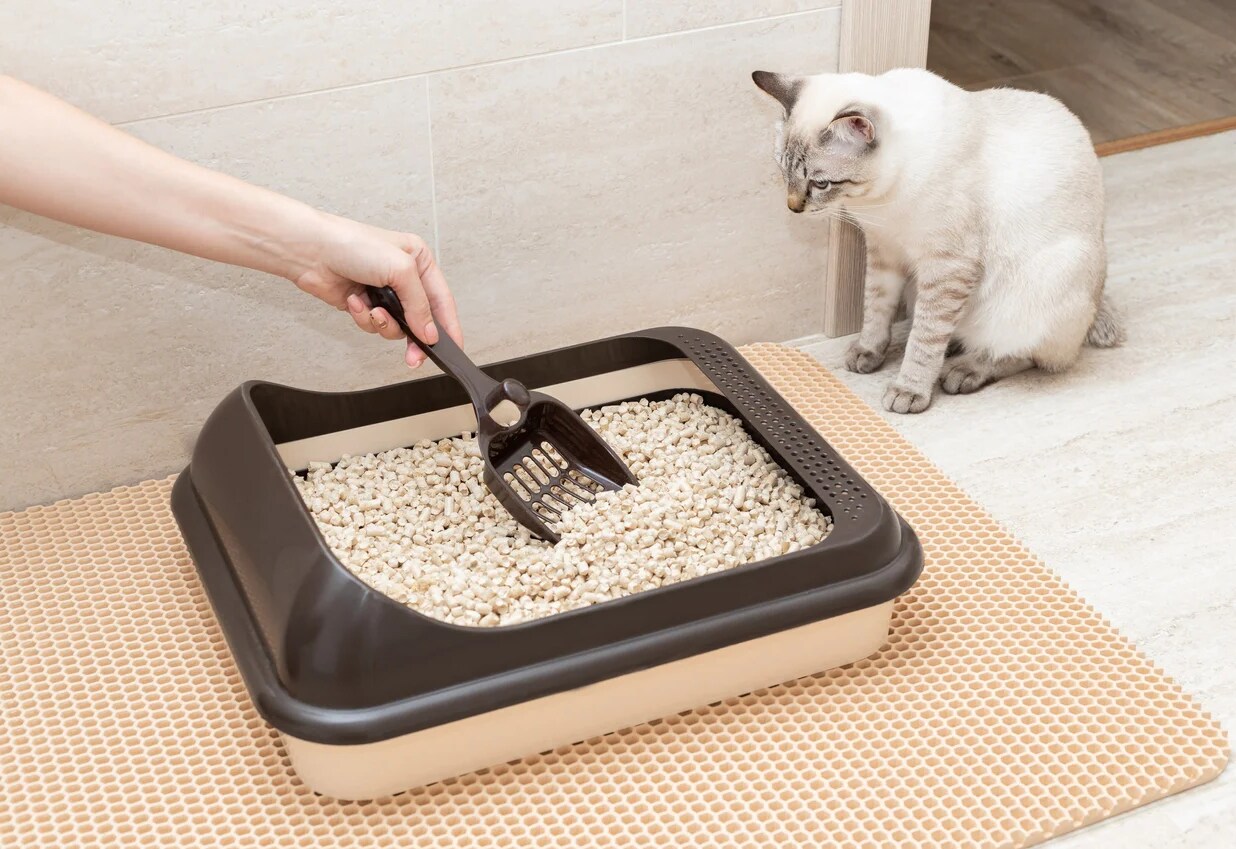
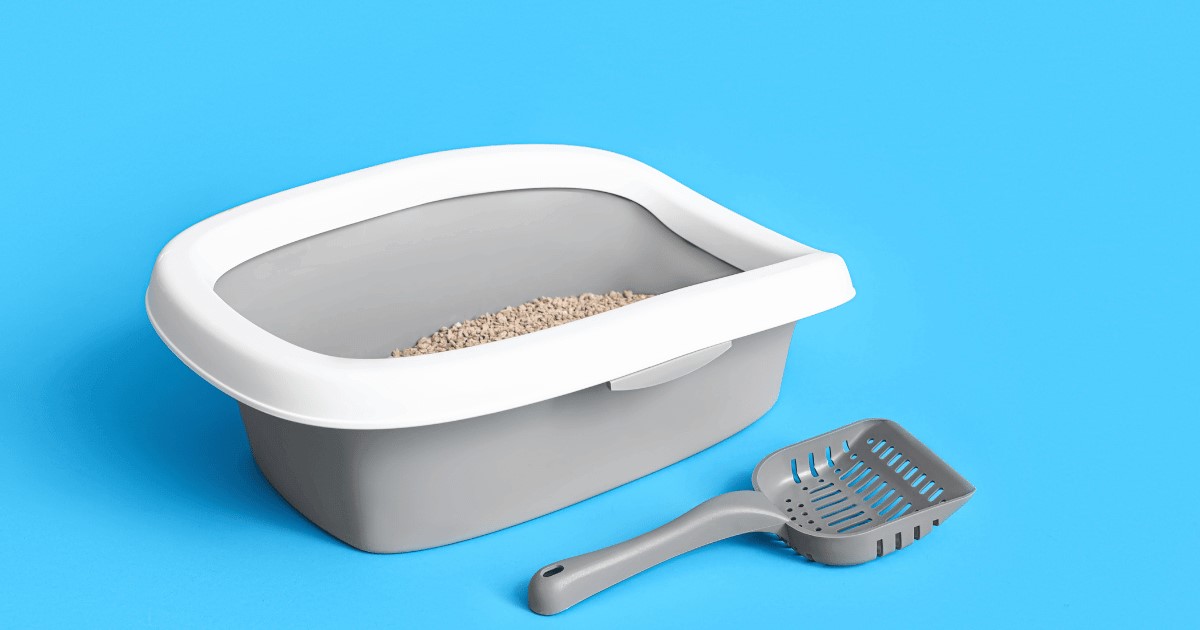
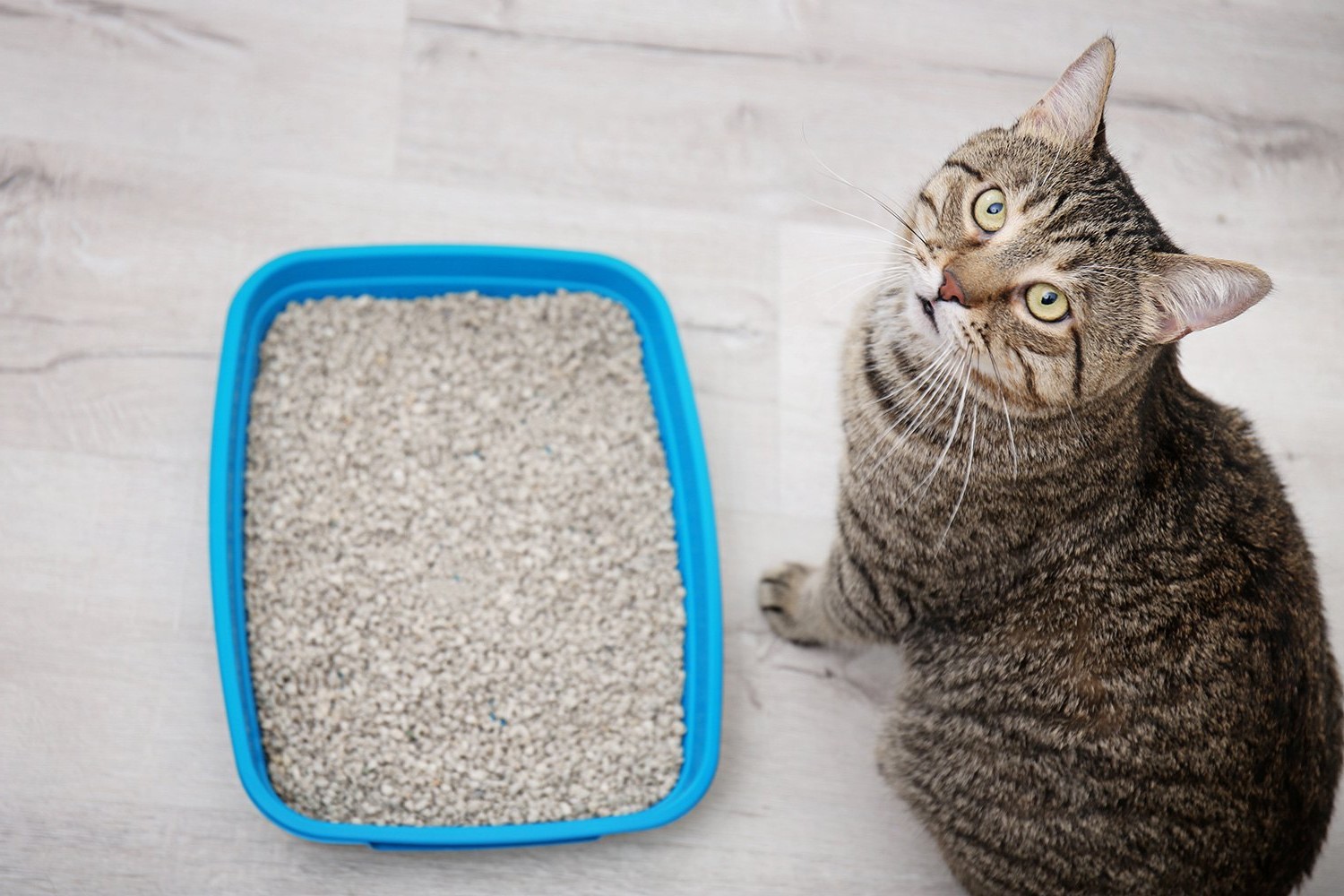
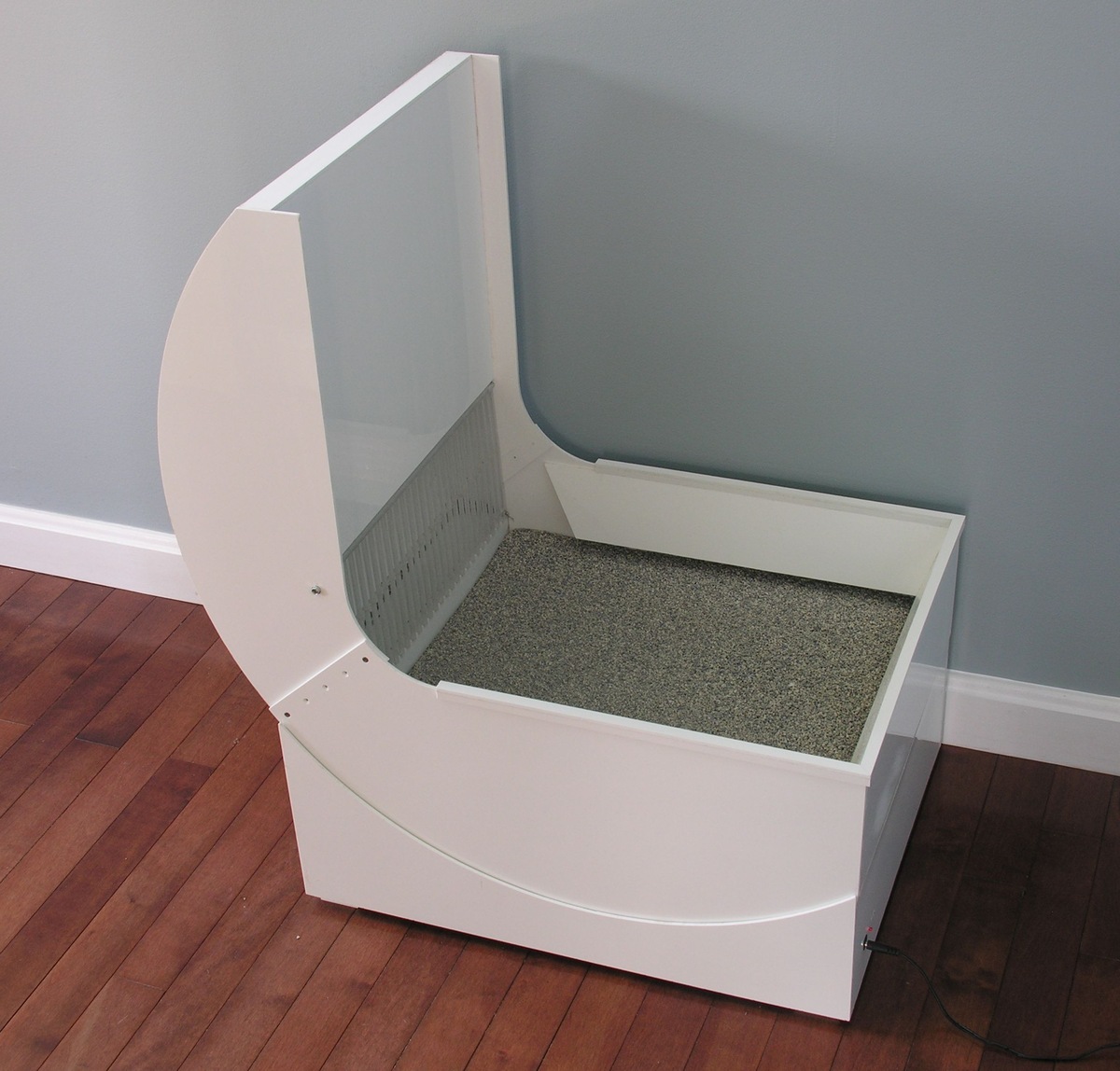
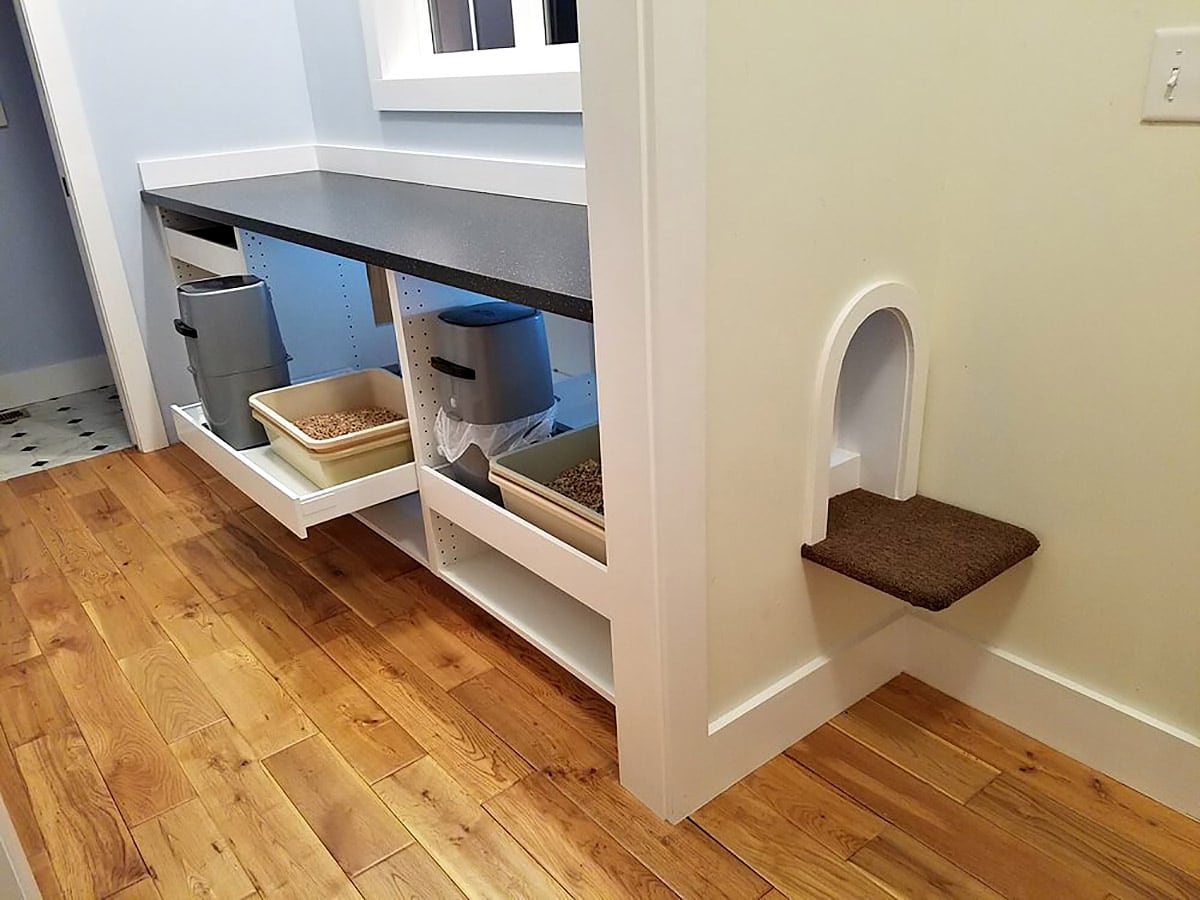

0 thoughts on “How Often To Replace The Litter Box”